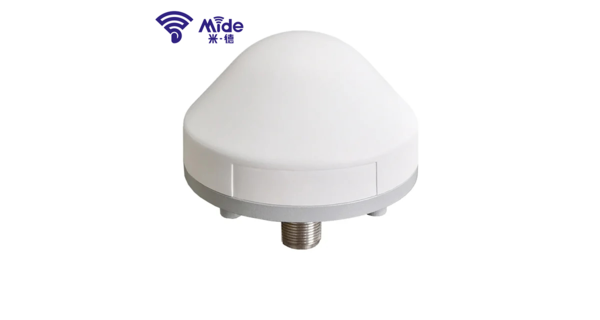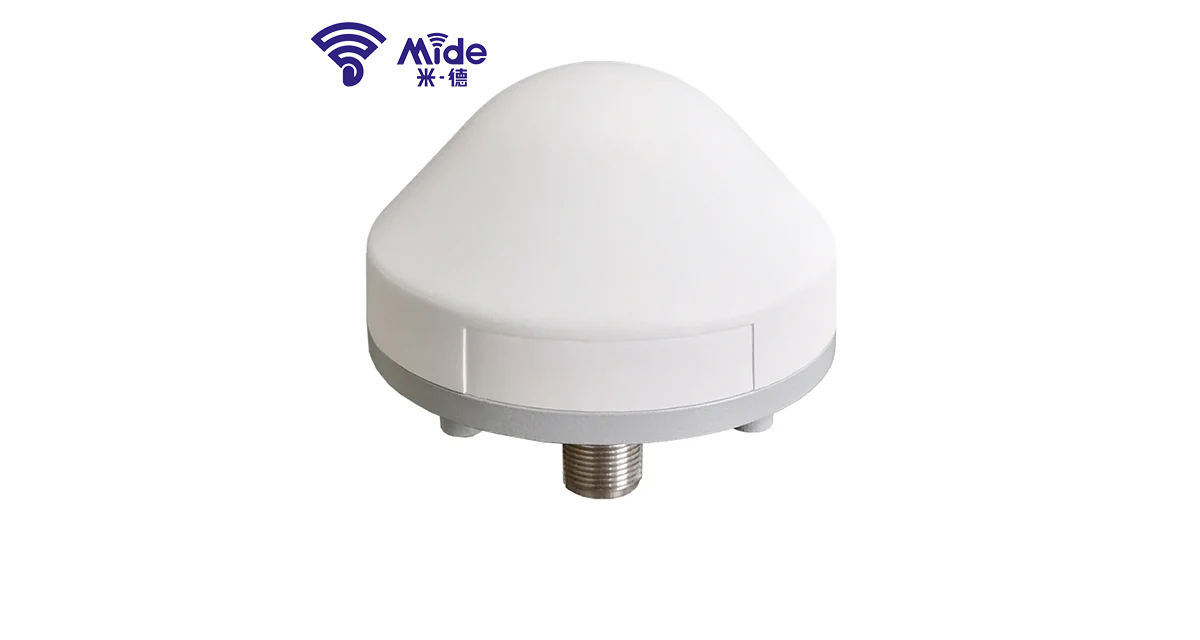News
Site Editor
 Site
https://mide-act.usa72.wondercdn.com/uploads/image/635cdcc32f0fa.png
Do you want to know about the most common problems that GNSS antennas can cause? Look at the details below to understand the best ways to troubleshoot these common GNSS antenna problems.
Site
https://mide-act.usa72.wondercdn.com/uploads/image/635cdcc32f0fa.png
Do you want to know about the most common problems that GNSS antennas can cause? Look at the details below to understand the best ways to troubleshoot these common GNSS antenna problems.
Common Problems with GNSS Antennas and How to Troubleshoot Them
Views: 648
Author: Site Editor
Publish Time: 2023-04-27
Origin: Site
The most difficult thing is troubleshooting the problems you can't see in your GNSS antenna. Certainly, you can see your GNSS antennas, but you can’t see the satellites from which these antennas are receiving information. The presence of one and the absence of another can lead to various problems.
However, learning about some of the most common problems with GNSS antennas and their possible solutions is important for ensuring the efficiency of the antennas.
The best ways to troubleshoot different problems with GNSS antennas
Do you want to know about the most common problems that GNSS antennas can cause? Look at the details below to understand the best ways to troubleshoot these common GNSS antenna problems.
So, here we go:
Location of your GNSS antenna
When installing a GNSS antenna, its location plays a vital role in its performance. Here are the key things that you should consider when locating your GNSS antenna to avoid any problems in the performance:
-
Avoid locating GNSS antennas close together.
-
Maintain at least a 1-meter distance between your GNSS antennas
-
Mount your GNSS antennas vertically to make the dome point straight toward the sky.
-
Keep the connectors at the bottom.
-
Always place GNSS antennas away from all metal structures to keep their performance from getting affected.

Replace the damaged cable.
Installation of a damaged cable can also cause signal loss. In addition, it will also affect the reception performance of the GNSS antenna. So, check the overall cable length for crushing or any other possible damage. Ensure that the minimum bend radius of your installed cables isn't exceeded.
Check the poorly fitted connectors.
Damaged or poorly fitted connectors can also affect your GNSS antenna’s performance. This problem can lead to intermittent signal reception. Even more, your antenna can get damaged if the connectors and cables have been pulled during installation.
So, you must check your connectors and clean these before fitting them again securely. In case of a damaged connector, it would be better to replace it to experience better performance.
Use GNSS amplifiers
If you need to use a longer cable length due to any reason, it would be better to use a GNSS amplifier. However, if your antenna system has a fitted GNSS amplifier already in the system, then you should check its orientation and ensure to correct it for better performance.
-
Ensure the amplifier's antenna input goes to the antenna and the receiver input toward the time server.
-
If you are using a single amplifier, it must be located at the center point along with the cable.
Contact Mid-act to get high-precision GNSS antennas.
Do you want the high-precision GNSS antenna that ensures consistent performance across its frequency range? Mid-act is the best place to visit. Contact the customer support team of Mid-act to order the best type of GNSS antenna you need. The variety of GNSS antennas available can make buying the right antenna overwhelming for you. However, the availability of expert assistance throughout the process will certainly let you place your order more accurately.




